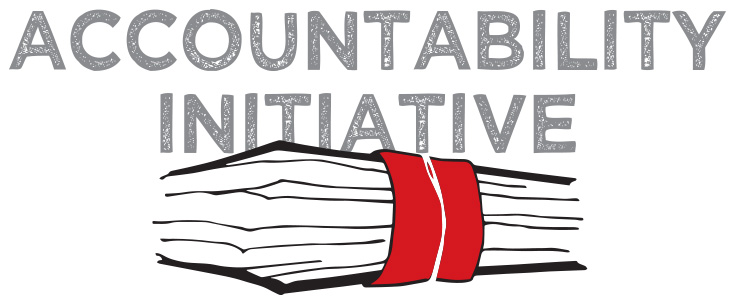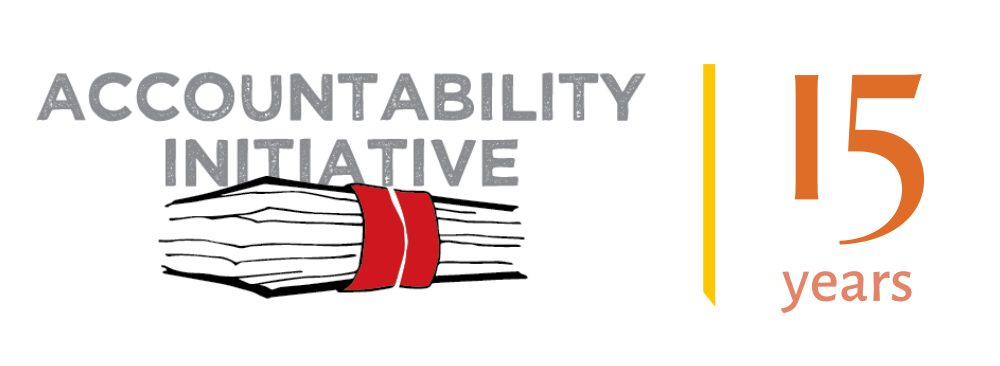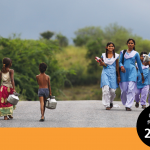
Whose Right to Education?: Building Schools and Rewarding Voters in Tamil Nadu
17 August 2009
How do politicians in democratic settings influence the allocation of public goods? This is a question that gets right to the heart of the accountability debate. Bureaucracies often set up geographic or need-based norms for basic services such as education, health, and sanitation. Yet it is perhaps India’s worst-kept secret that the de facto and de jure allocation of services can diverge significantly on account of influential politicians seeking patronage or “pork barrel” for their constituencies. Despite a large number of qualitative studies that examine this influence, there are few quantitative studies in India that try to measure the extent to which India’s elected representatives skew the overall allocation of public goods in a given sector.
It was in this spirit that my colleague Neelanjan Sircar and I went about trying to estimate the influence politics has on the construction of new public primary (and upper primary schools) in the southern state of Tamil Nadu. As political scientists, we were motivated by two questions. First, is the construction of public schools linked to the political process so that the building of new schools operates on a political budget cycle? If such electioneering exists, it begs a second question of how public investments are targeted. That is, can we detect political motivations in the targeting and placement of new public schools?
In our analysis, we focused on the influential role of Members of the Legislative Assembly (MLAs). MLAs are one of the most important, yet among the least understood, cogs in India’s patronage machine. Over forty years ago, Bailey’s (1963) study of the Orissa assembly perhaps best sums up the enduring conventional wisdom about MLAs: “[Their] MLA is not the representative of a party with a policy which commends itself to them, not even a representative who will watch over their interests when policies are being framed, but rather a man who will intervene in the implementation of policy, and in the ordinary day-to-day administration. He is there to divert the benefits in the direction of his constituents.”
Understanding state-level dynamics is crucial because most education and other large public goods initiatives emerge from centrally sponsored schemes and projects (and are often bolstered by state-level matching funds or complementary programs) where the states have broad discretionary authority. For example, this is the framework for India’s most recent flagship primary education program, Sarva Shiksha Abhiyan (SSA). Furthermore, as far as the construction of schools (or other local public works projects) is concerned, the MLA is able to simultaneously please two constituencies: his friends, local contractors and suppliers; as well as the broader population of citizens he or she represents.
For our analysis, we consider all public school construction between the years 1977 and 2007 in Tamil Nadu. In terms of timing, we find that there is a significant spike in school construction immediately following the inauguration of a new state government. This post-election jump makes intuitive sense since all governments want to appear as if they are doing “something” — especially if that something will help distinguish them from their predecessors. Furthermore, in the case of Tamil Nadu, post-election investments in public works (as opposed to pre-election works) are even more sensible given the state’s exceedingly high rates of electoral volatility and unpredictable voter behavior.
To examine the issue of geographic targeting, we map assembly constituencies to administrative blocks using GIS (in Tamil Nadu, they make a relatively neat match). We do find evidence of the political targeting of new school construction. In most years, areas in which voters elect MLAs affiliated with the future ruling coalition benefit disproportionately in terms of the number of new public schools the government decides to build in those areas. For instance, when AIADMK re-captured control of the state in 2001, it was AIADMK constituencies that received the bulk of the largesse when it came to building and establishing new public schools.
But politicians are a crafty bunch. The ruling party does not always blindingly shower its supporters with new public works; they also take into consideration the nuances of electoral dynamics. For instance, there are deviations from rewarding one’s “core” supporters in those years with exceptionally high levels of electoral competition within constituencies. When more than half the ruling coalition’s victories come in closely-fought (“swing”) constituencies (as they did in the elections of 1980 and 2006), we find that the ruling party alters its post-election targeting strategy to reward pivotal “swing” areas.
We interpret this as the constraining effect of electoral competition: while there may be a bias of rewarding their most ardent supporters, politicians must abide by electoral realities. In swing constituencies where the margin of victory is slim, politicians must make desperate promises to sweeten the pot. In the elections of 1980 and 2006, there were a disproportionate number of such constituencies; hence, benefits flowed to those areas disproportionately.
This research is still in its preliminary stages but it provides initial evidence of the kinds of influence many suspect MLAs of having on public works, even in the era of decentralization. In the coming months, we hope to update this work and expand it to other states as well. For instance, it might be interesting to ask how the Left Front government of West Bengal allocates public works to those areas under opposition control. Does Mayawati privilege Dalit areas in UP where community infrastructure is desperately needed? In the coming months, I will post some of these initial drafts on my website: http://www.columbia.edu/~mv2191.
Milan Vaishnav is a PhD student in political science at Columbia University. He is visiting the Accountability Initiative in August.





